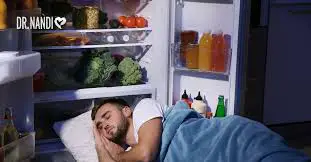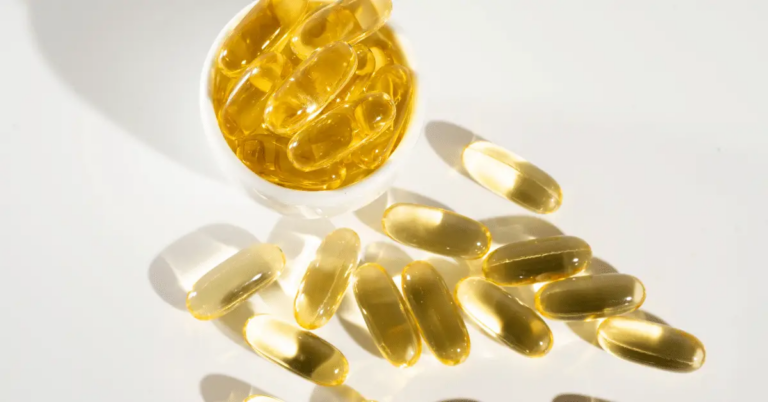Sleepless in the U.S.
It is an unfortunate fact that sleep disorders are common in the U.S. At least 10% of people have a sleep disorder that is “clinically significant,” with insomnia being the most common. Sleep apnea, restless legs syndrome, and insomnia are also common (RLS). Breaking this issue down by sex, one study conducted in Madison, Wisconsin, found that 2% of women and 4% of men were diagnosed with sleep apnea. And the prevalence of RLS has been reported to be between 5% and 15%, with a higher prevalence among the elderly. (1)
There is a buildup of reactive oxygen species (ROS) in the bodies of people who don’t get enough sleep. These ROS can damage nucleic acids, proteins, and lipids when they contact oxygen. To the peer-reviewed journal, Cell, “The cause of this lethality is unknown. Using flies and mice, we show that sleep deprivation leads to the accumulation of reactive oxygen species and consequent oxidative stress, specifically in the gut. ROS are not just correlated with sleep deprivation but drivers of death.” (2)
The Pharmacy Response
Not surprisingly, many people turn to their doctors and pharmacies to find relief from sleep issues. Here are a few interesting items from the National Health and Nutrition Examination Survey, 2005–2010:
- About 4% of U.S. adults aged 20 overused prescription sleep aids in the past month
- The percentage of adults using a prescription sleep aid increased with age and education. More adult women (5.0%) used prescription sleep aids than adult men (3.1%).
- Non-Hispanic white adults were more likely to use sleep aids (4.7%) than non-Hispanic blacks (2.5%) and Mexican-American (2.0%) adults.
- Prescription sleep aid use varied by sleep duration and was highest among adults who slept less than 5 hours (6.0%) or slept 9 or more hours (5.3%).
- One in six adults with a diagnosed sleep disorder and one in eight adults with trouble sleeping reported using sleep aids. (3)
Better Sleep Through a Healthy Gut
Countless studies are looking at the cause of sleep issues and potential treatments. One study out of Japan’s University of Tsukuba indicates a strong connection between the health of a person’s gut microbiome and sleep quality – using mice.
Based on similar studies on mice (and fruit flies), the scientists looked at gut bacteria’s role in sleep – specifically in the production of serotonin and dopamine (neurotransmitters used by the nervous system to regulate body functions and processes such as sleep and metabolism).
First, investigators gave a group of mice substantial doses of antibiotics over four weeks to deplete the diversity of bacteria in their intestines. Next, the team observed these rodents’ sleep performance using EEGs to monitor their brain activity. They found that these mice with the depleted microbiome experienced frequently disrupted sleep/wake cycles, switching between REM and non-REM sleep at a higher rate than the control group. (4)
This research offers an entirely new paradigm when considering sleep disorders and their treatments – probiotics. Of course, there may be pushback from the medical and pharmaceutical community when asked to consider and support alternative medicine. But the research is up-and-coming and warrants much further exploration – not just in mice but also in humans.
References:
-
- Ram, S., Seirawan, H., Kumar, S.K.S., Clark, G.T. Prevalence and impact of sleep disorders in the United States. Sleep and Breathing (2010) 14:63-70. https://link.springer.com/article/10.1007/s11325-009-0281-3
- Vaccaro, A. et al. Sleep loss can cause death by accumulating reactive oxygen species in the gut. Cell. Volume 181, Issue 6, 11 June 2020. https://www.sciencedirect.com/science/article/abs/pii/S0092867420305559
- Chong, Y., Fryar, C.D., Gu, Q., Prescription sleep aid use among adults: the United States, 2005-2010. NCHS Data Brief No. 127. August 2013. https://www.cdc.gov/nchs/products/databriefs/db127.htm
- Ogawa, Y. et al. Gut microbiota depletion by chronic antibiotic treatments alters the sleep/wake architecture and sleep EEG power spectra in mice. Scientific Reports. 11 November 2020. https://www.nature.com/articles/s41598-020-76562-9























